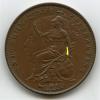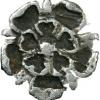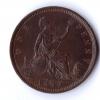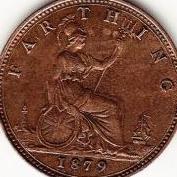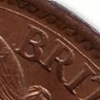Yes, but where, and to whom? The mintages were so low I can imagine the adverts may well have been restricted to collector media. Considering how attractive they are as designs, I'd have thought many more people would have been interested if they'd been promoted widely and then the mintage would have gone up.
Were crowns still circulating in the 1920s? Possible I guess, though they'd have been exclusively Vic JH and OH types.
But you're talking about collectors, Rob! In Victorian and earlier times, it was the hobby of aristos and latterly perhaps, the newly moneyed entrepreneurs. Certainly not the great bulk of the working class/agricultural/lower middle class population. Perhaps those few would have been comfortable with crowns, but not most people.
The wreath crowns in that link have the look of 'pocket pieces' to me, though it's a subtle distinction admittedly.
George V sterling halfcrowns - unlike the 20s examples - most often show up in an average of GF-VF/GVF-EF, showing that their circulation was limited. The reason for that is that people hoarded them, believing correctly that a solid silver coin was worth intrinsically more than its debased descendant. Most of the rest were called in by the RM though it's true that a few escaped and did circulate.
Victorian crowns were relatively common as types, where the wreath type was extremely uncommon. But I guess we'll never have the evidence, unless the memoir shows up of a shopkeeper with an interest in what passed through his till ... though that would immediately make him more likely to have accepted a crown than not.
Don't forget that the 54 1d and the 52 2/6 were established types (I'm guessing that the 54 1d possibly didn't circulate until after 1961? as the sight of any Elizabeth II penny might have been noticed by some of its handlers). The Edward VIII 3d was probably noticed by people but with war looming and the ignorance of its rarity, possibly got passed on as in that story someone related here; it did look very similar, especially the obverse, to the GVI 3ds which themselves were regarded as an interesting novelty for the first few years.
 Coinpublications.com
Coinpublications.com
